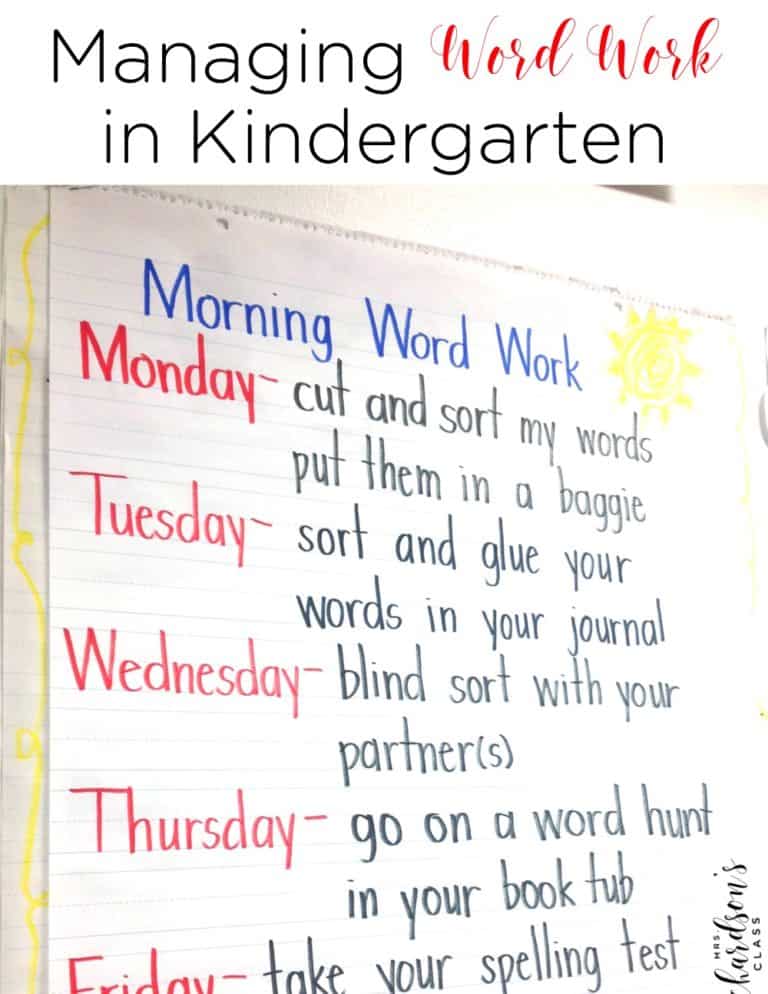


I remember during my first year of teaching, I worked so hard to get all of my students on grade level for reading. In guided reading, we did phonics practice, sight word work, hands-on word work, and running records. All of the right things. When I got to the testing, I realized I had some students who didn’t quite make it to “on-level.” I underestimated the importance of comprehension in guided reading as I was just trying to figure it all out that year.
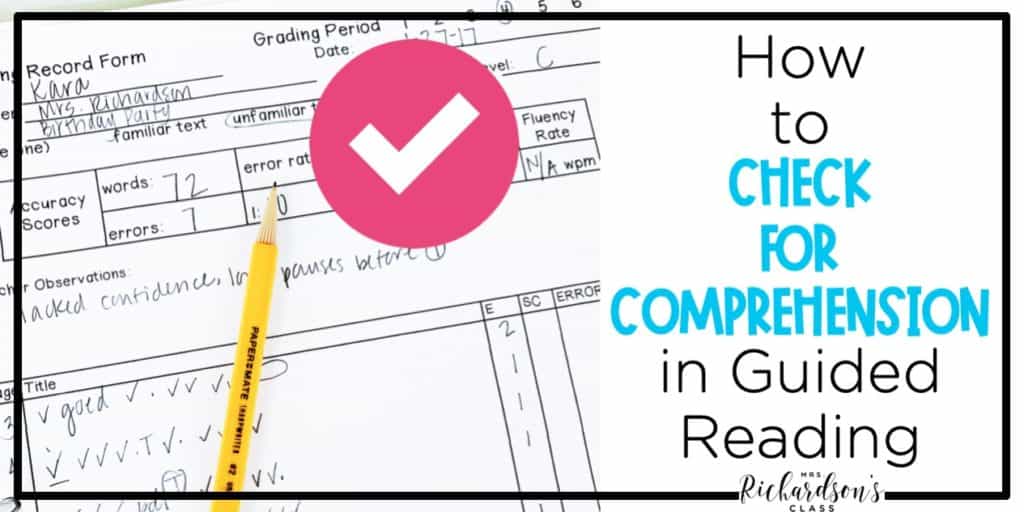
When we teach students to read, we often focus on phonics, sight words, and fluency. Yes, these things are so important. But, the ultimate goal of reading is to learn and to enjoy. If students can’t comprehend what they are reading, then what is the point?
I love this quote from Fountas and Pinnell (Guided Reading), “Comprehending is not a product of reading; it is the process.”
We must teach the process of comprehension and comprehension strategies so our young readers will learn and grow into strong adult readers.
The best way to judge if a student is comprehending a text is to do a mix of assessments and checks, not just one single method. A variety of comprehension checks in guided reading will give you a strong idea of which specific area of comprehension a student is struggling with.
Reading comprehension begins before students start reading a text. In the guided reading lesson cycle, one of the first interactions with the book the students have is during the introduction. After I offer a brief summary, we take a picture walk, go over sight words, discuss words that might catch them off guard, and set a purpose for reading.
To check for comprehension before reading, you can:
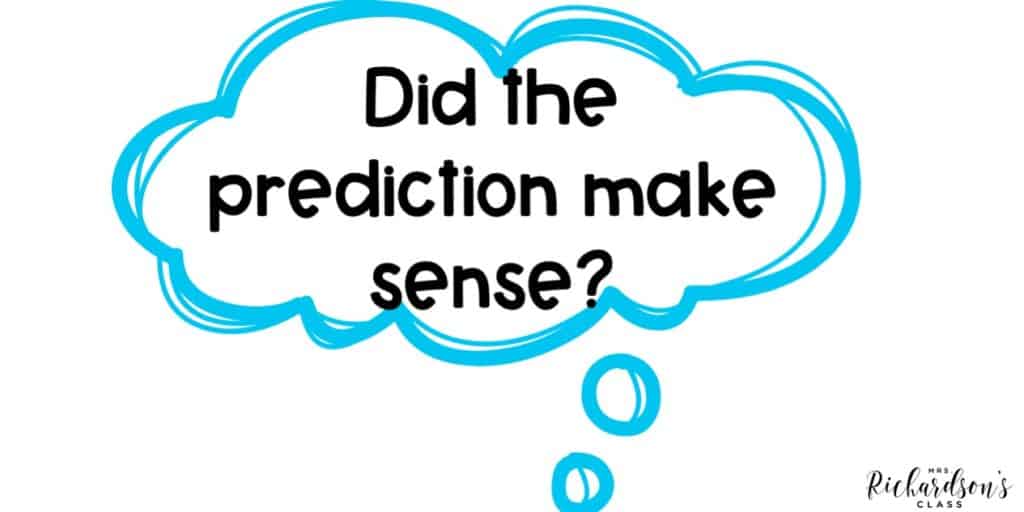
While students are reading, observe them. I always like to take one running record per guided reading group to make sure I’m assessing often enough. While observing students reading:
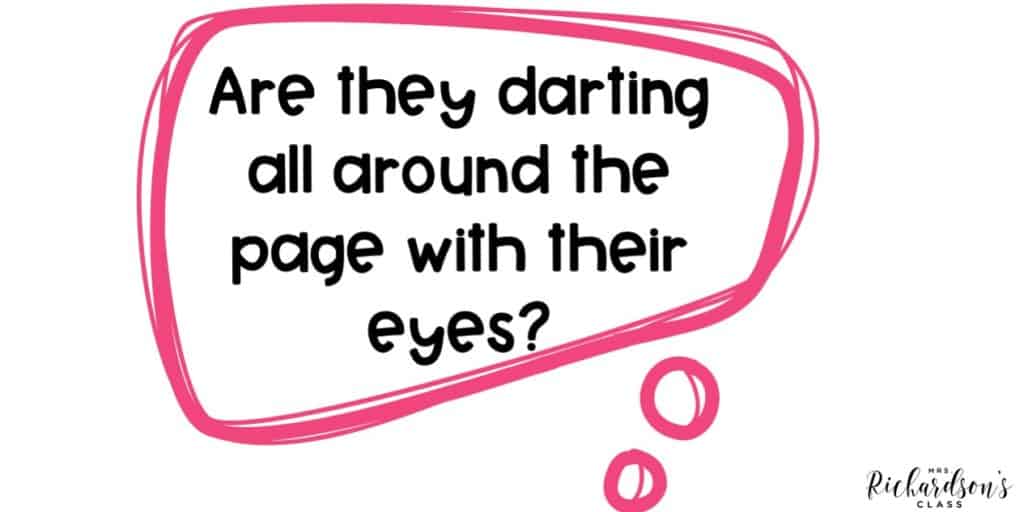
We ultimately want to teach our readers how to comprehend a text, not just how to answer questions. We need our assessments to be designed to get students to think about their thinking (remember that good old college word: metacognition?). You can check for comprehension both formally and informally.
Here are some ways to check for comprehension in guided reading after reading a text:
There are many, many ways to check for comprehension in guided reading. If you need a resource that breaks down what comprehension should look like at each reading level, pick up the FREE Guided Reading Resource Cards.
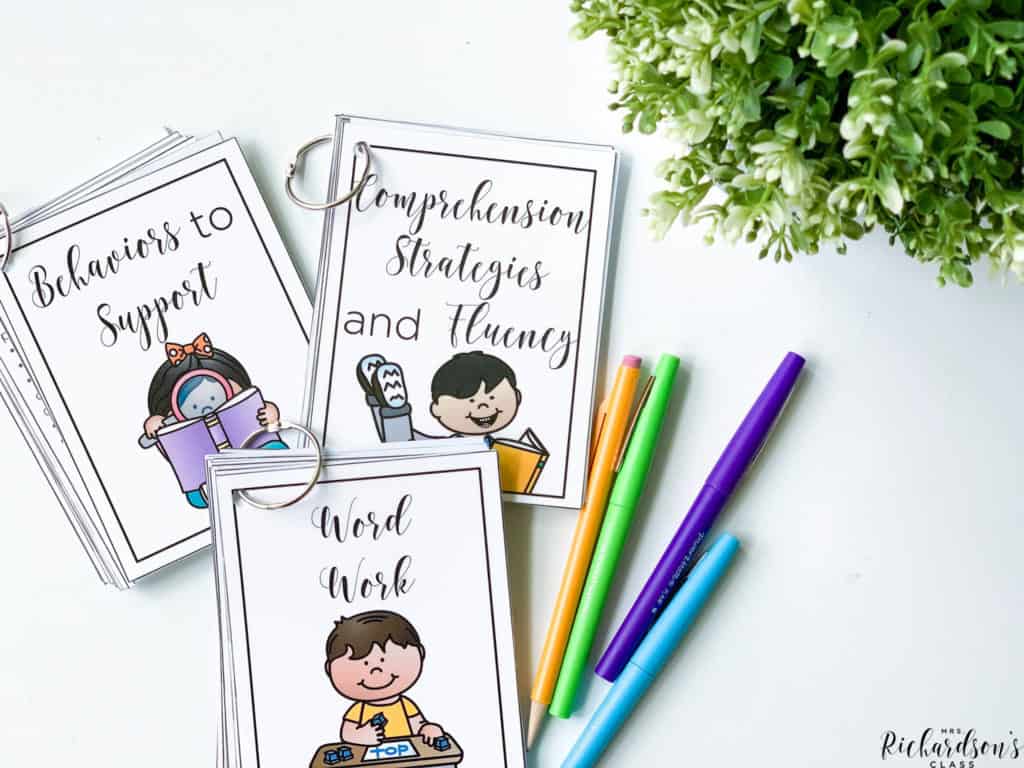
They have the comprehension skills listed by level for reading levels A-Q. Print them out, put them on a ring, and you’ll be set for guided reading! Grab them in this post HERE.
My second year of teaching guided reading went much better. I focused on all aspects of reading, found great and simple ways to check for comprehension, and worked on looking at a student’s reading level as a part of the bigger picture.
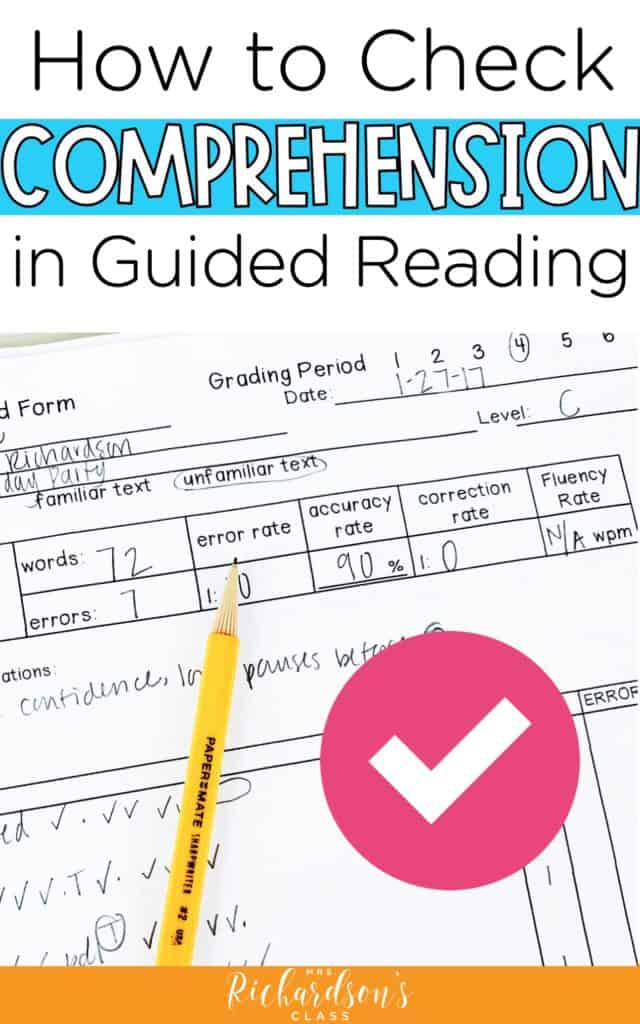
If you are looking to really dig into your guided reading instruction, then you will love my online workshop, Guided Reading Unpacked! CLICK HERE to get more information!
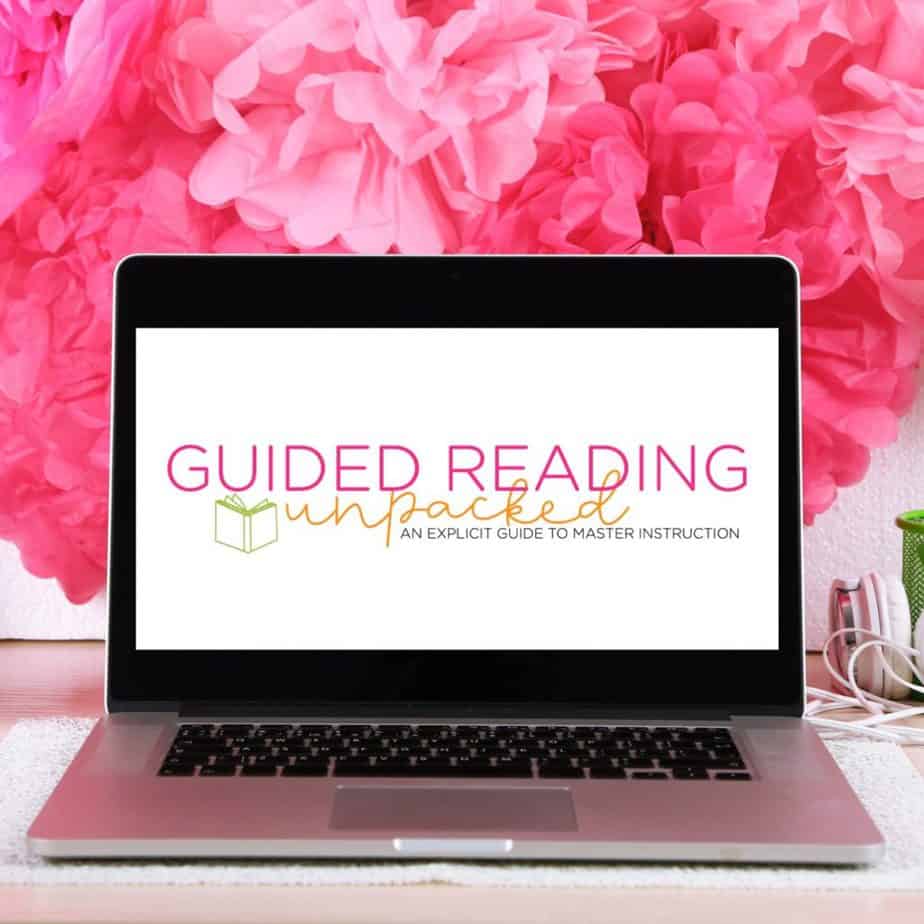
Remember that our students’ goals for reading are bigger than our own goals for them for the school year. We want them to always learn and enjoy reading. Help them learn strategies for comprehension in guided reading, and you’ll help set them up for a lifetime of reading.

Want to use the latest research to boost your readers during small groups? This FREE guide is packed with engaging ideas to help them grow!

I’m a K-1 teacher who is passionate about making lessons your students love and that are easy to implement for teachers. Helping teachers like you navigate their way through their literacy block brings me great joy. I am a lifelong learner who loves staying on top of current literacy learning and practices. Here, you’ll find the tools you need to move your K-2 students forward!


| Cookie | Duration | Description |
|---|---|---|
| cookielawinfo-checkbox-analytics | 11 months | This cookie is set by GDPR Cookie Consent plugin. The cookie is used to store the user consent for the cookies in the category "Analytics". |
| cookielawinfo-checkbox-functional | 11 months | The cookie is set by GDPR cookie consent to record the user consent for the cookies in the category "Functional". |
| cookielawinfo-checkbox-necessary | 11 months | This cookie is set by GDPR Cookie Consent plugin. The cookies is used to store the user consent for the cookies in the category "Necessary". |
| cookielawinfo-checkbox-others | 11 months | This cookie is set by GDPR Cookie Consent plugin. The cookie is used to store the user consent for the cookies in the category "Other. |
| cookielawinfo-checkbox-performance | 11 months | This cookie is set by GDPR Cookie Consent plugin. The cookie is used to store the user consent for the cookies in the category "Performance". |
| viewed_cookie_policy | 11 months | The cookie is set by the GDPR Cookie Consent plugin and is used to store whether or not user has consented to the use of cookies. It does not store any personal data. |
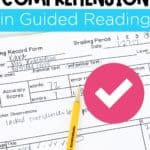
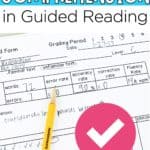
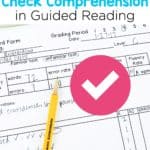
One Response
Thank you!